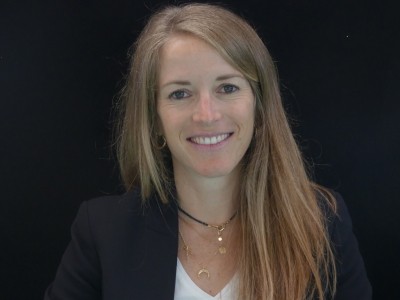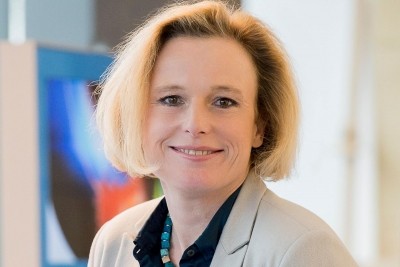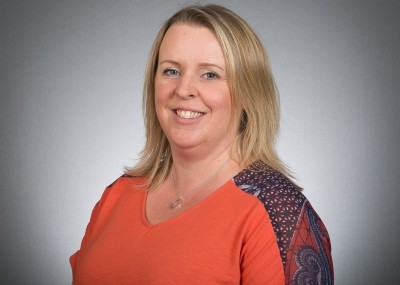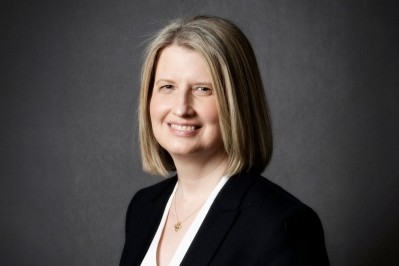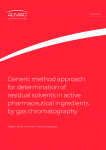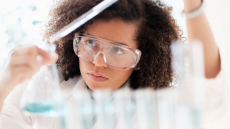Breaking barriers in science: Thermo Fisher's Melanie Adams-Cioaba on innovation and inclusion
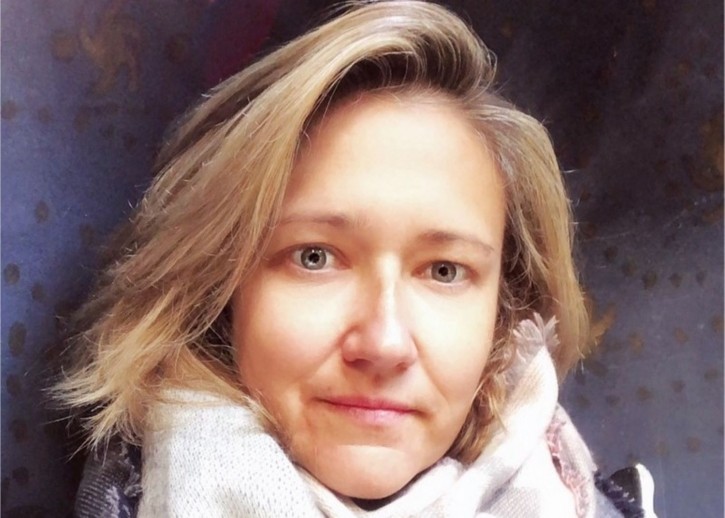
As the senior director and general manager of pharma (Cryo-EM), Melanie is not only pioneering the use of technology to accelerate the design of next-generation therapeutics but also championing diversity and inclusion in the scientific community. Her journey from a curious child in a science teacher’s lab to a leading figure in the life sciences industry offers valuable insights and inspiration for the next generation of women in science.
Could you give us an overview of your work?
My work focuses on how electron microscopes are leveraged in transforming drug discovery and development. My team and I look at market requirements and customer use cases to better understand how cryo-EM and other electron microscope-based workflows impact the design of new therapeutics. We work closely with biotech and biopharma companies, contract research organizations (CROs), contract development and manufacturing organizations (CDMOs), and emerging life sciences research organizations who are using high resolution images of protein structures to design and develop next generation therapies. Through our work, we enable life science researchers to uncover new treatments and therapies across disease states at a more precise scale and at a faster rate.
When did you realize you were interested in science — as a young child, teen, or older?
I don’t remember a time that I wasn’t interested in science. My dad was a high school science teacher who taught everything from physics to computer science, and my mom was a high school math teacher. I used to join them at school on Sundays while they were preparing their lessons, and I would join my dad in the lab to see what he was planning to teach that week. He would often show me the lab experiments that he’d prepared for his students, and I still remember an experiment about growing salt crystals – which I forgot about until many years later when I was working as a protein crystallographer. It was a full circle moment!
My PhD focused on biophysics and biochemistry with an emphasis on crystallography. I stayed in this field through two post-doctorates while working on everything from molecular design, expression purification, protein structure determination and functional assays, before moving into the business side of life sciences. I feel very fortunate that every job I've had has allowed me to dedicate a lot of time to thinking about protein structure and how we obtain protein structures, while also dabbling in other applications and business. It was my interest in protein structure and function and transformative technologies that led me into the cryo-EM space.
Could you describe your personal journey bringing us to where you are now?
My journey has had lots of leaps of faith. I grew up in Newfoundland, Canada, and then I went to university halfway across the country to a school I had never seen before. Later, I moved to the United States for my post-doctorate at The Scripps Research Institute in San Diego. From there, I came back to Toronto to work at the Structural Genomics Consortium. When I moved to the business side of life sciences, I began to look out for interesting projects that would allow me to really sink my teeth in and learn something new. I’m a big believer in trusting that if you tackle interesting things and work hard with curiosity and enthusiasm, new opportunities will emerge.
What challenges did you face — as a woman or otherwise — along the way and what is the most valuable lesson you have learned?
I’ve learned so much throughout my career, but two things stand out as applicable across the board. The first is to find something – whether that’s a job opportunity or an area of study – that makes you really want to sink your teeth in and learn, even if not everything associated with the opportunity is ideal. Every project or job will come with things that need to be done even when you might not be so inspired by them but don’t let that deter you. For me, if 20% of my daily or weekly tasks are tied to my area of interest, the less interesting tasks are easier to accomplish. Taking this perspective has been important and keeps me excited about my work.
The other lesson that I have learned is to be tenacious. It’s so important to stick to an interesting opportunity or project – whatever it is for you – and continue to tackle projects from different angles so that you can forge ahead through the ebbs and flows. Scientific ideas and new technologies take time, so you need to persevere through the work that comes with that.
Regarding challenges, women or others under-represented in many professional spaces will often find ourselves in rooms that are dominated by people who don’t look like, behave, think or act like us. It can be disconcerting the first few times that you are in a situation like this. However, it is crucial to approach such opportunities with the right mindset and to recognize your presence at the table holds equal value to that of anyone else. The only way that we can change this is to continue to show up prepared and recognize the value that we add to the conversation so that we can move forward with more diversity together.
What ignites your passion in your current role?
I like to use the ‘three Ps’ to guide my team: Patients, People and Proteins. I think we are in a golden age of biology where we have the tools to help us better understand how proteins and other macromolecules in cells work. Everyone will be affected by health challenges in one way or another throughout their lives, and this ability to dive deeper into cellular and structural biology is led by patient need. The technology that is at our fingertips today is allowing our customers to unlock new therapies to better meet patient needs than ever before. At Thermo Fisher Scientific, our cryo-EM solutions are helping these customers address the unmet needs of patients and accelerate science by uncovering and analyzing new proteins at a faster rate and with more precise technology.
What is your current work ethos/style?
When I decide that a position is right for me or if I'm looking to recruit team members, I look for two things: curiosity and enthusiasm. You can learn everything else, so we must foster curiosity and enthusiasm for our work in the sciences. Asking the “why” and “what if” influences how I tackle my own work, and those questions are what I hope encourages my team to continue their own exploration of how our innovation roadmap can positively impact drug discovery and development.
Could you share some advice for young women starting to develop an interest in science or wanting to pursue a career like yours?
My career has been all over the place! There is no single career or career-path in science and there are so many ways to participate. My biggest piece of advice is to start with things you are genuinely curious about. Take different jobs to learn about transferable skills and to challenge the way that you think. You shouldn’t be discouraged if you have yet to find a job that feels like the perfect fit. In fact, your perfect job might not exist yet! I believe that job crafting should be encouraged and it’s becoming even more important to take an open mind and creative stance on job creation as science continues to evolve into the public domain.
